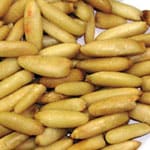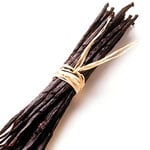
Food Fit For Kings: No Longer Elusive, But Still Exclusive
The best food in the world is more accessible now but, as the price tags indicate, it is just as exclusive if not elusive
A perfectly done steak, a crown of caviar, a fillet of Chilean sea bass that falls apart at the merest touch of the fork... Time was when you’d have to board a plane to taste any of these delicacies. With premier global restaurant chains setting up shop in Mumbai and New Delhi, however, the best food in the world is far more accessible now. Several factors decide the price-tag, including the ethicality of the food and the sourcing of the principal ingredients. Not surprisingly, some of the most expensive dishes available in India revolve around premium cuts of beef, flown in from Japan, Australia and the US. The top spot, however, is taken by a bird. In the interest of fairness and variety, this list, courtesy some of the best restaurants, does not include tinned imports such as caviar (upto Rs 14,500 for a 30 gm serving) or pate de foie gras.
Kagero Yaki
Megu/Leela Palace,
New Delhi; Rs 8,500
The dish presents slices of Australian Wagyu strip loin (with a grading of 9+; the highest category by the Beef Marbling Standard) on a bed of garlic and garnished with garlic river chips, on hot river stone. It is flambéed by the diner’s table with Hennessey cognac to bind together the flavours of garlic and meat.
- Chef de Cuisine Yutaka Saito, Megu
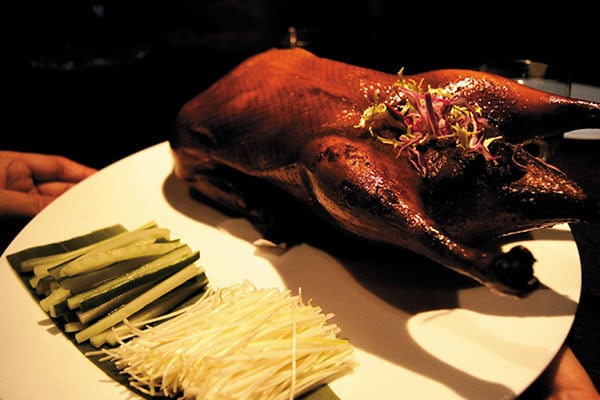
Peking Duck with Ossetra Caviar: A take on the Chinese classic at Hakkasan, Mumbai
Peking Duck with
OsseTra Caviar
Hakkasan, Mumbai; Rs 9,000
The multiple-serving duck is sourced from Germany and goes through a three-day preparation that involves marinating, drying and roasting before it is finally presented at the table in a golden-brown, thin, crisp skin encasing succulent, flavourful meat. The Ossetra caviar is not a Chinese element, but Hakkasan’s twist on a classic dish that takes it to a new level of magnificence.
— Ketan SS Gohel, GM, Hakkasan.
Rib-eye Wagyu
Orient Express/Taj Palace/New Delhi; Rs 7,500
We source graded Wagyu from Japan, and serve it medium rare. If a guest asks for it to be well done, the chef will personally visit the table and persuade him to change his mind, or suggest an alternative. Typically, Wagyu is highly marbled, that is, the muscle is finely interspersed with monounsaturated fat. Once cooked, the marbling is absorbed into the muscle and imparts tenderness and flavour to the meat. We serve our rib-eye with purple potatoes, jumbo asparagus, butter-poached shallots and béarnaise sauce.
— Chef Rajesh Wadhwa
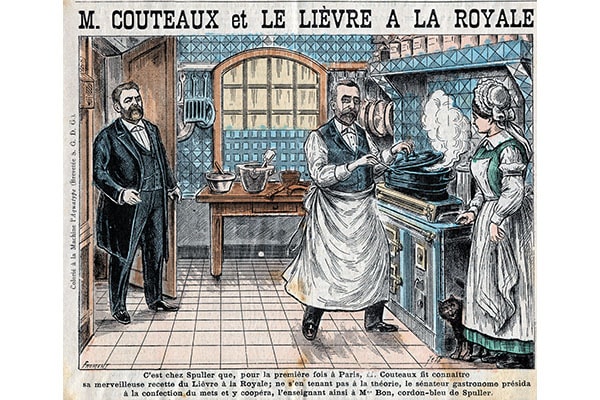
Chateaubriand
Zodiac Grill/Taj Mahal Palace Hotel, Mumbai; Rs 7,100
A double fillet steak chargrilled with a variety of sauces like red wine jus/ mushroom sauce/pepper sauce/mushroom and pepper sauce and served with bouquetiere of the day and béarnaise sauce on the side, finished with mustard of your choice. We import the finest tenderloin from New Zealand and make it to serve two, ideally medium-rare or medium, as the guests want it. —
Chef Hemant Oberoi
Bistecca alla Fiorentina
Le Cirque, Leela Palace,
New Delhi; Rs 8,000
The T-bone Steak Fiorentina style as served at Le Cirque is a porterhouse weighing between 900 and 1,000 gm; it is recommended for two, but many prefer it as a single-person dish. The T-bone is a combination of one of the most flavourful cuts, the sirloin, and the most tender cut, the tenderloin. I personally suggest it be done rare or medium; cooked any further, there isn’t much difference between this and any other cut or steak. Our T-bone is a wet-aged USDA-certified Prime Black Angus, which comes from Texas, sourced from grass- and hay-fed animals raised without any use of antibiotics, hormones or growth-promoting drugs. The meat is full of flavour, tender and juicy. Our T-bone steak, served with pont neuf potatoes, creamed spinach and black pepper jus, can match the quality at the New York City’s famous steakhouse Peter Luger.
— Chef de Cuisine Mickey Bhoite
Filetto Di Merluzzo Nero Selvatico E Organico Ai Capperi
San Gimignano/Hotel Imperial, New Delhi; Rs 3,500
Filetto di merluzzo is part of the repertoire of classic Italian dishes. I cook this fish with capers, white wine, fresh garlic, vegetables and Kalamata olives. It needs good bread or pasta to soak up that delicious butter and olive oil around the fish. The Chilean black bass is a light, nutrient-rich food that tastes delicious, especially when done on the grill. We also pride ourselves on the fact that our fish is caught the old-fashioned way, through hook and line.
— Executive Sous Chef Prem Kumar Pogakula
The Tastes of India
If you thought only imported foods came with five-figure price tags, cast an eye over the wholesale markets. In Old Delhi’s Khari Baoli, the precious stuff is hidden away from the photogenic sacks of turmeric and dried red chillies; the more rare produce never makes it to the markets. Morels, for instance, have a huge demand internationally and only a few kg are sold to topline restaurants in India.
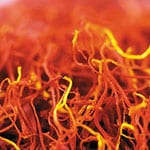
Saffron
Rs 2.5 lakh/kg
Each flower of the saffron crocus produces three stigmas which, when dried, find aromatic use in a number of cuisines. The hands-only processing method also adds to the price.
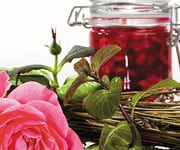
Ittar
Rs 8,000-80,000/kg of food-grade rose ittar
The price is decided by the quantum of flowers used in the process as well as the days devoted to steam distillation. It is used in Indian sweets, and also paan masala and gutkha.
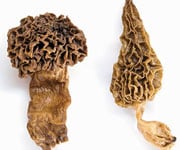
Morel
Rs 25,000-28,000/kg
Grown in the upper reaches of Kashmir and Himachal Pradesh, the wild mushroom has a limited season–right after the snows melt–and is mostly exported.
(This story appears in the 30 November, -0001 issue of Forbes India. To visit our Archives, click here.)


